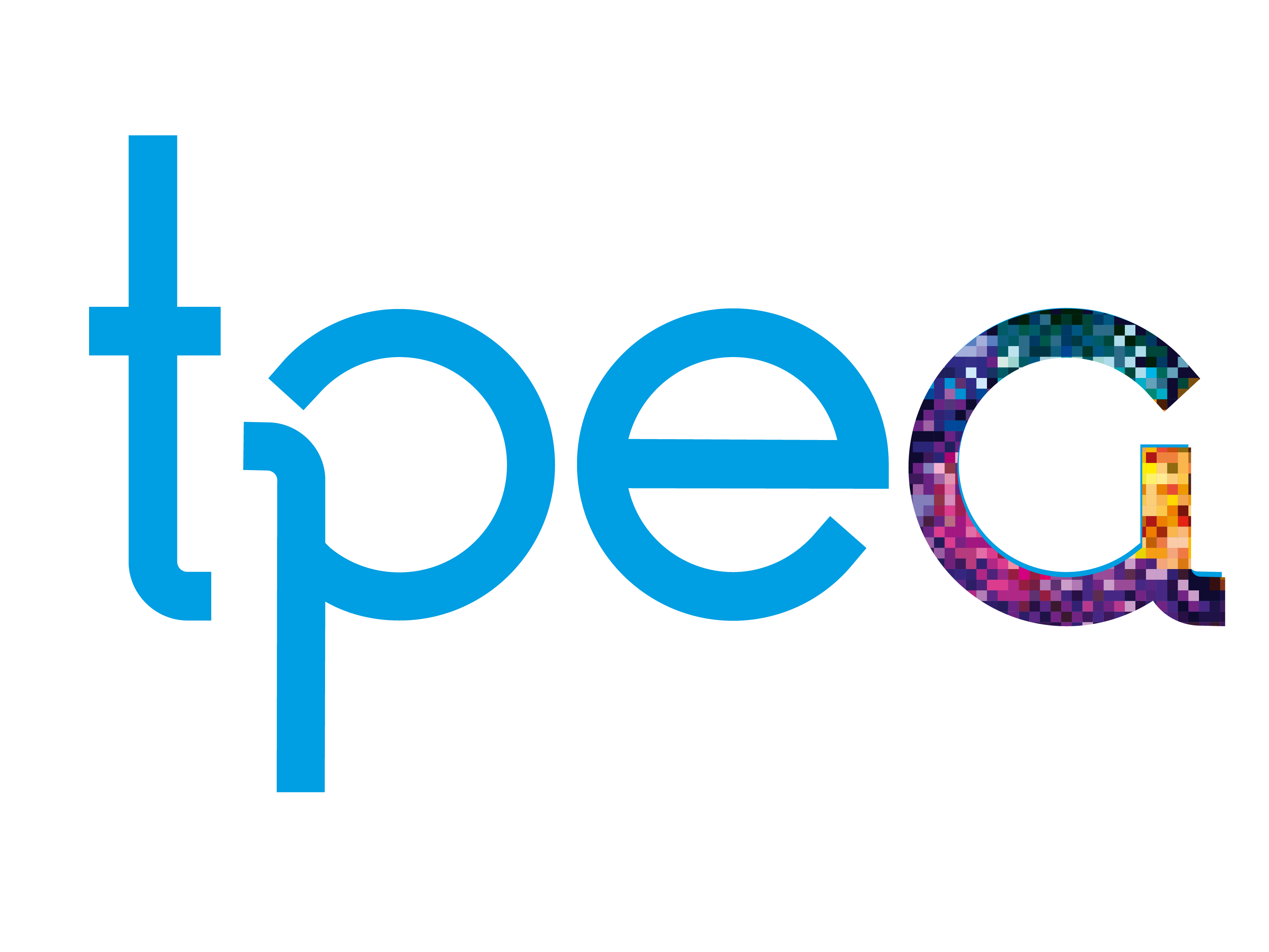The box is open, you can’t close it….
If you are aware of media headlines concerning AI, you could be forgiven for thinking that the apocalypse is just one bus stop ride away. ‘Rein in AI before it outsmarts us all’; ‘AI creates pictures by reading people’s minds’; ‘The real AI threat, how powerless it makes us’; are just a few examples in recent months.
The launch of ChatGPT, a natural language AI – ask it questions as you would a colleague and it will respond in a human like way – has similarly raised concerns in education circles. ’ChatGPT robs pupils of skills’, and should be banned from schools; ‘Students admit using ChatGPT on essays’, and are guilty of plagiarism; ‘Cheats who use AI platform risk disgrace, say university chiefs’.
If you are a classroom practitioner, given the whole range of other concerns that you deal with on a daily basis, you might regard much of this as just background noise and best ignored until some point in the future (post apocalypse presumably).
I have been liaising with digital leads in a small number of local authorities to develop information for educators, in order to raise an awareness and understanding of AI use in education. Understand, explore, challenge are the themes we have focused on.
Understand what AI is. It is not the new tech on the block. The term was first used as long ago as 1956 and has a range of meanings. The Scottish AI Strategy defines it in the following way, ‘Technologies used to allow computers to perform tasks that would otherwise require human intelligence, such as visual perception, speech recognition, and language translation.’
You have probably already been using AI technologies; in self-drive cars, facial recognition on your smartphone, spell checking, personalised feeds on social media, digital voice assistants, web searches. The list is a long one.
It’s important for educators to explore AI driven applications. ChatGPT is possibly the fastest growing app in terms of popularity ‘ever’. It can be used in a range of ways to support teaching and learning.
• ‘For producing text, throwing around ideas and playing with them, it’s transformative.’ University of Cambridge
• ‘ChatGPT can perform high-level tasks related to language learning and teaching’. University of Tokyo
• ‘I started with planning and asked it to create a 6-week plan to teach a specific unit. The sequencing of the topics to be covered was logical; it started with the basics before moving onto more advanced techniques. It identified three areas per week to be covered and suggested accompanying practical activities.’ FE Week
• We believe the emergence of ChatGPT creates an opportunity for schools and post-secondary institutions to reform traditional approaches to assessing students that rely heavily on testing and written tasks focused on students’ recall, remembering and basic synthesis of content. World Economic Forum
There are lots of other options out there and Rachel Arthur has investigated and compiled a useful list. Or check out Ditch that Textbook, 15 AI Tools for the Classroom.
And finally, continually challenge, as with any technology, the benefits and risks associated with it. Check if your school, trust or authority has a policy or advice around its use. Seek out the experiences of other educators and advisors and learn from them. Work with colleagues to identify and share good practice in relation to AI use.
• ‘ChatGPT is not a replacement for critical thinking, creativity, and human interaction. As educators, we should allow our students to use ChatGPT as a tool to support their learning, but we must also warn them not to rely on it.’ University of Kent
• ‘BCS, The Chartered Institute for IT, said a survey of its Computing at School network of teachers found that 62% said AI-powered chatbots such as ChatGPT would make it harder to mark the work of students fairly.’ The Independent
• ‘Fact check everything it does. Take nothing at face value and double check against other sources.’ The Whiteboard Blog
• ‘We are very much in the early stages of getting to grips with what the new technologies represented by ChatGPT will mean for our work or even identity as academics and educators.’ University of Oxford
That challenge extends to taking a collaborative and inter-disciplinary approach, ensuring that decisions around AI are not left to a small number of companies and technologists. To use a somewhat overused phrase, AI is the responsibility of all.
You might regard AI as something of a Pandora’s Box, but that box is well and truly open, closing it now is not an option.
Dr Jim Fanning
Senior Education Officer (Emerging Technologies)
Education Scotland
Image source: https://pixabay.com/illustrations/web-network-information-technology-4861605/







